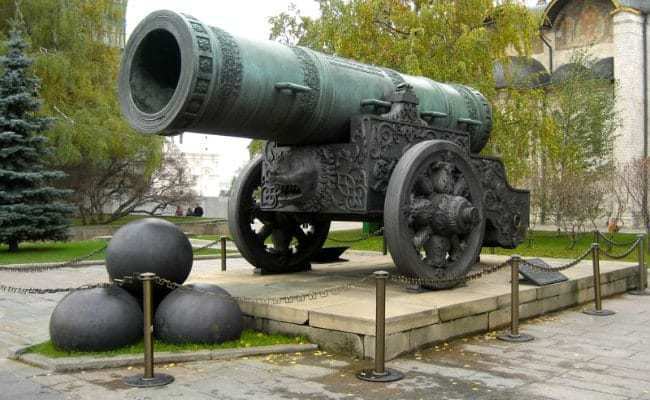Innovations in firearms can be extremely important for surprising the enemy and succeeding in battle. However, some inventions can be downright catastrophic due to poor development, complicated maneuvering, or just bad design. Read on and learn about eight weapons that were used by the military, only to be far from helpful.
8. The Matchlock Musket

One of the first successful firearms in history was the Matchlock Musket. However, this weapon definitely had its faults. In fact, the entire procedure to use it was too time-consuming – for less than favorable results.
To begin with, a little portion of gunpowder would be placed in the flashpan to load the weapon, which would then close afterwards. Then the powder would slide down into the barrel, to be followed by a patch and a lead bullet. A curved piece of metal called the serpentine would land on the flash pan to ignite the powder, hitting the chemically-treated match that had to be kept lit, which was called “tending the match.”
Miles of match cord would be wasted per year, according to estimations. Trying to supply thousands of soldiers with enough material was unbearable and costly.
Eventually, the matchlock was replaced with the invention of the wheel lock, and eventually the flintlock.

